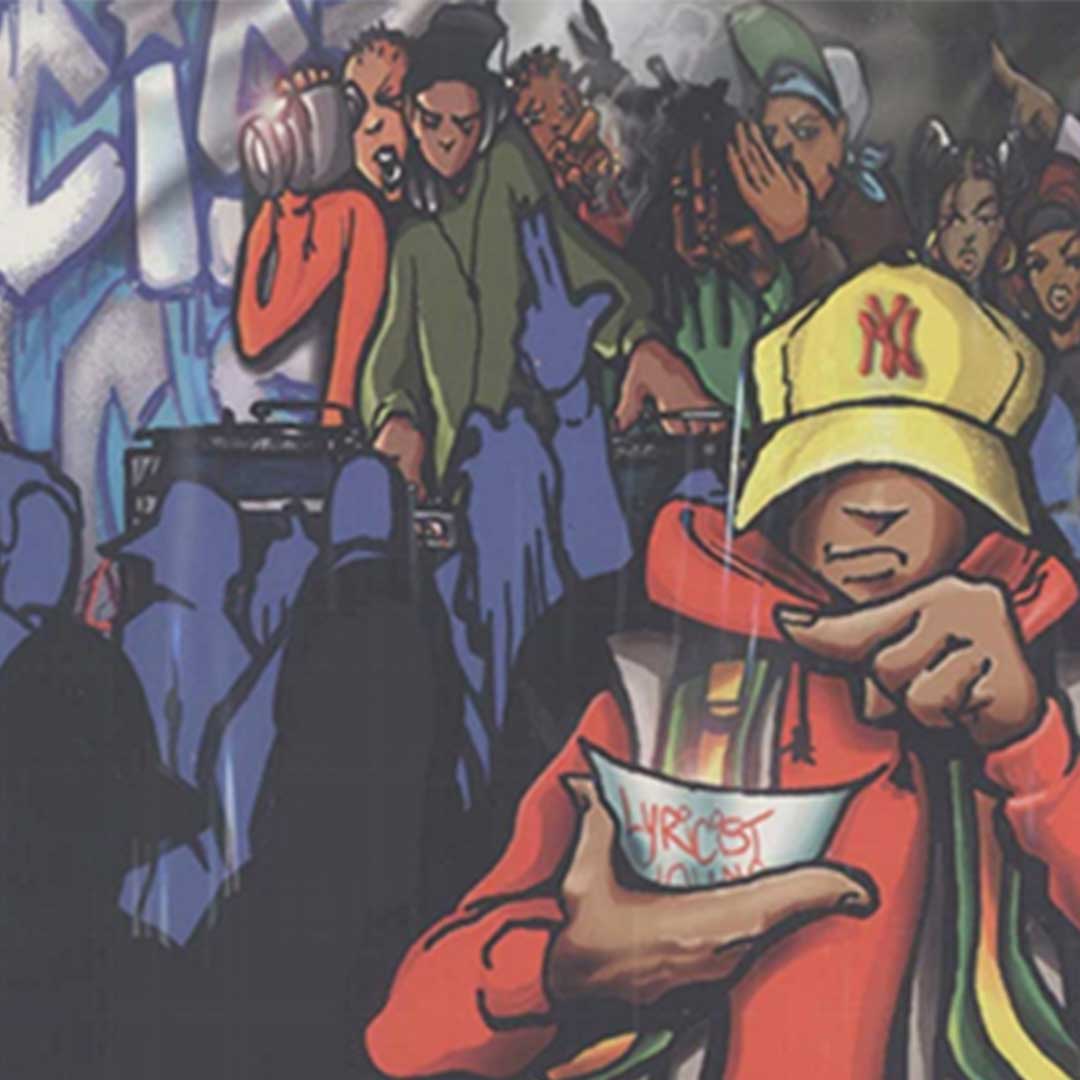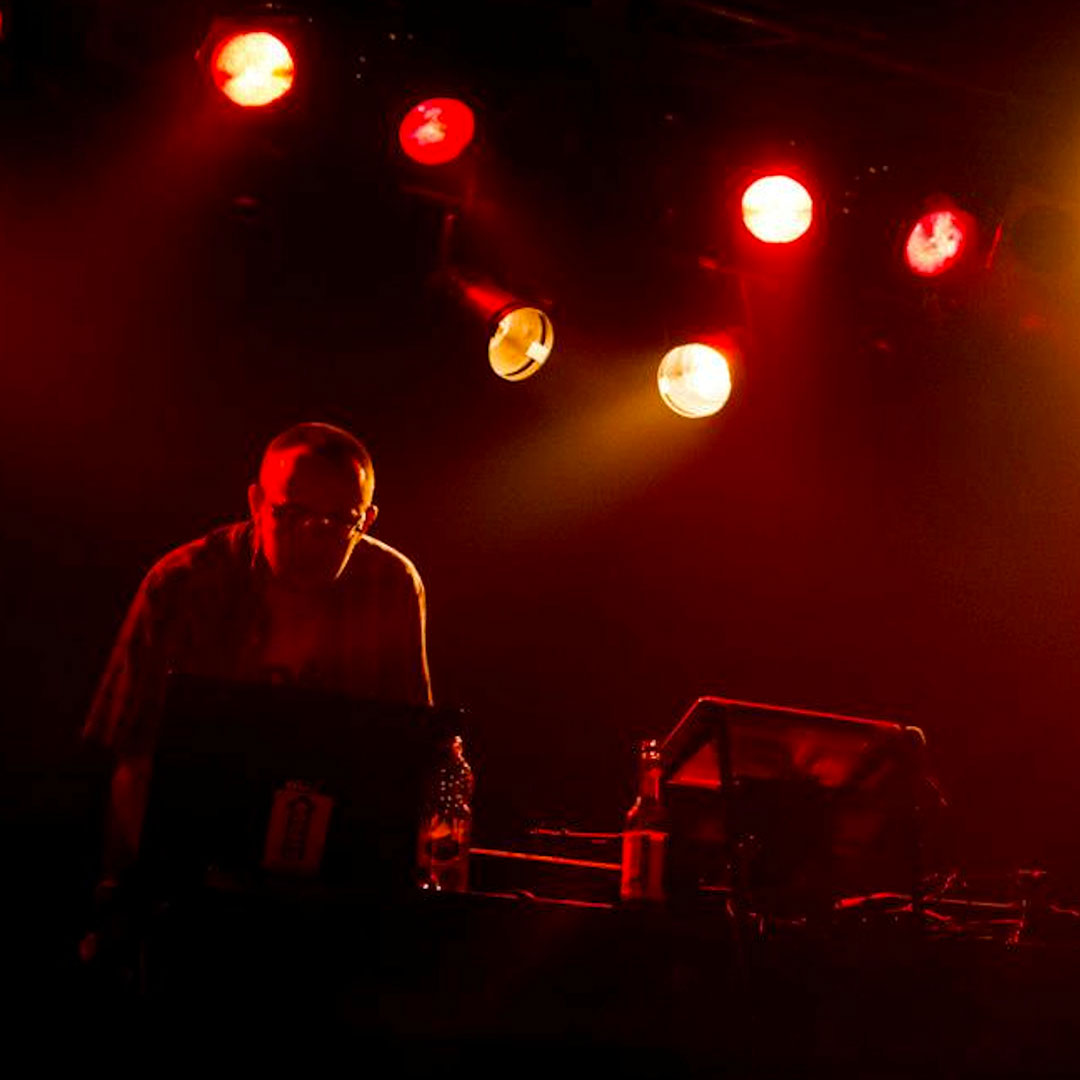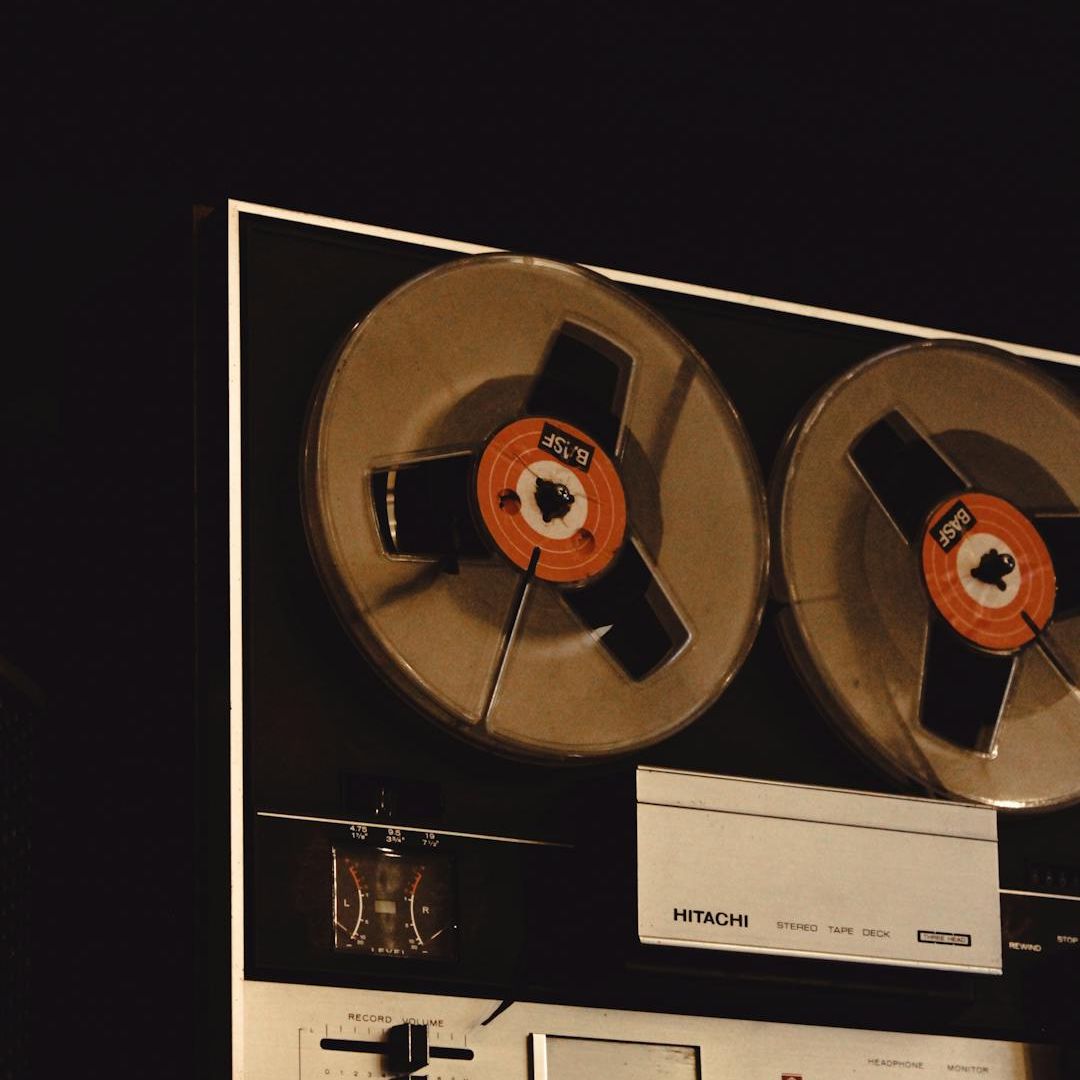Are there hip hop labels still devoted to underground production nowadays?
There was no lack of hip-hop labels and record companies that produced quality and thick music throughout the infamous 1990s. A few days ago, looking back to the Groove Attack tribute podcasts, it occurred to me to think just that back in the days, for the lovers of a certain frankly hardcore Hip Hop sound, the situation was objectively thriving.
And it came naturally to me to make a parallel between yesterday and today. Even if the situation isn’t necessarily the same, it seems that all is not lost. Let’s have a quick review and compare back then to now.
Enter the flock of the main record labels: an underground resistance.
Leaving aside the plethora of stratospheric (and meteoric, all in all) realities that animated the first half of the Nineties, with a 12-inch output that became cult among enthusiasts (we’ll be going back to it, someday), from the second half of the “mythical” Nineties to the early 2000s, many players were in the game.
I’m talking about record labels and entities like the well-known Fondle ‘Em Records, or even Rawkus, the aforementioned Groove Attack, or again Hydra Entertainment, the Eastern Conference, Cali’s own Ill Boogie of Dj M-Boogie, just to name a few.
They were the “mainstream of the underground“, usually helped by major distribution deals, and they were followed for a few years by others such as Def Jux (and I do not intentionally cite realities such as the Anticon or the Quannum Records, more as a matter of sound, so markedly away from the orthodox New York-style boom bap, that for lack of quality), which marked the era that we remember so well.
Let’s be clear: this does not conflict in itself with the fact that after 1997 the sound had changed, and a phase in some ways descending had begun: if anything, those labels and the whole backpackers period (the fashion/mania to go around with the backpack over the hoodie, so Nineties and iconic of a period of streetwear fashion, NDA), represented the resistance to a Hip Hop that was, inexorably, changing.
Ironically, the one above is still the story of a defeat.
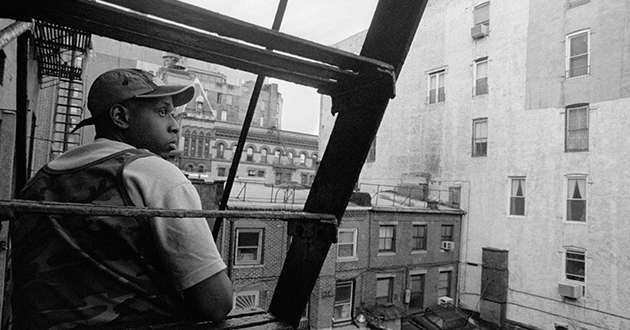
Talib Kweli outside Rawkus’ offices in Manhattan, circa 1998
The story of a defeat, or just another losing game: the love for true hip hop.
The labels that started in the post-97 apocalypse, and came to the fore later, such as the well-known Stones Throw or Rhymesayers, characterized for better or worse the 2000s. But they also expressed and represented another world, often a hybrid of other musical genres, and in any case not having the same value. That’s also possibly the reason why they still exist to this day, to an extent.
We leave voluntarily out of the equation most European countries, such as Italy, where the very few existing realities were struggling to stay alive. This wasn’t due much or exclusively to the evident lack of professionalism in the sector, but above all to the objective scarcity of the listener base, which represents an impossible obstacle. And, considering that the cyclic wave of a fashionable tide that invests our country is retreating for the umpteenth time, this quantity does not seem destined to increase shortly, rather than to decrease.
But abroad? This era of retrofuturism or revival of a “classic” sound, also seems to have as its focal point the renewed role, or rather the “revenge” of the hip hop labels: these have in fact returned to represent an era.
The coming of age, the revenge of hip-hop labels in the past decade.
An American reality such as Mello Music Group would not be explained if we did not look at its objective strengths: quality of the artists under contract, innovative distribution methods, and quality control that does not conflict with the quantity of production.
Since Gensu Dean’s album, which was a bit of a revival’s first album in 2012, since 2015 the label scored one hit after another (just think about L’Orange & Kool Keith, the notorious Oddisee, legendary Pete Rock or Apollo Brown & O.C.) and it witnessed also the remarkable return of Mr. Lif.
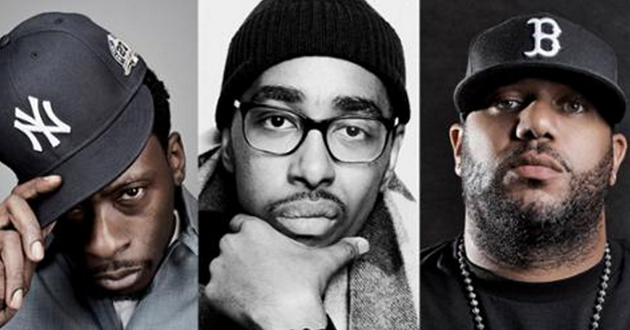
Pete Rock, Oddisee, and Apollo Brown
Same logic for the British label High Focus. From an idea of Fliptrix, rapper, and leader of the label, we find ourselves faced with an economically stable reality, with a park of leading artists, quality records, in quantity, cared for in every detail, even visual, well distributed, and well promoted.
Result: concerts throughout Europe, records in the charts, and a million and more views on their Youtube channel. And no compromise on the sound front (just to dispel a myth).
We could add some more, like the British imprint Blah Records, the French Effiscienz, the Australian Pang Records, or the Crate Cartel Records.
And, truth to be told, we were almost forgetting the Italian-based Tuff Kong, led by our friend Cuns, as another brilliant example of contemporary underground hip hop production.
In the same league is the now legendary Daupe! of British hip hop mogul/producer The Purist, the same man who first served the global market Westside Gunn and Griselda Records, in case you haven’t noticed. Oh, and let’s forget not to mention also Roc Marciano, Action Bronson, Danny Brown, and so on…
Even in the non-English-speaking area, things move in a similar way.
Let’s take the Japanese DLIP: Fujisawa City, after the fashionable collapse of the Tokyo scene, in 2009 a group of young rappers, producers, DJs, skaters, designers, and b-boys from this crew/label with an extremely tough Nineties mentality, with lots of baggy jeans and Timberland. Everything could sound out of time, of course, were it not for the fact that it largely embodies the soul of this revival. And it is accompanied by the same logic already seen: good artists, excellent producers, valuable graphics and records on records, mixtapes, singles. Producing while maintaining quality: it is no coincidence that one of the 5 best records of 2014 is of the Nagmatic and Miles Word pair.
Anyway, the logic, on a large or small scale is always the same: quality of industrial music production and constant quantity of outputs.
So, welcome to the revenge of the hip-hop labels without compromise, let’s hope it lasts.
